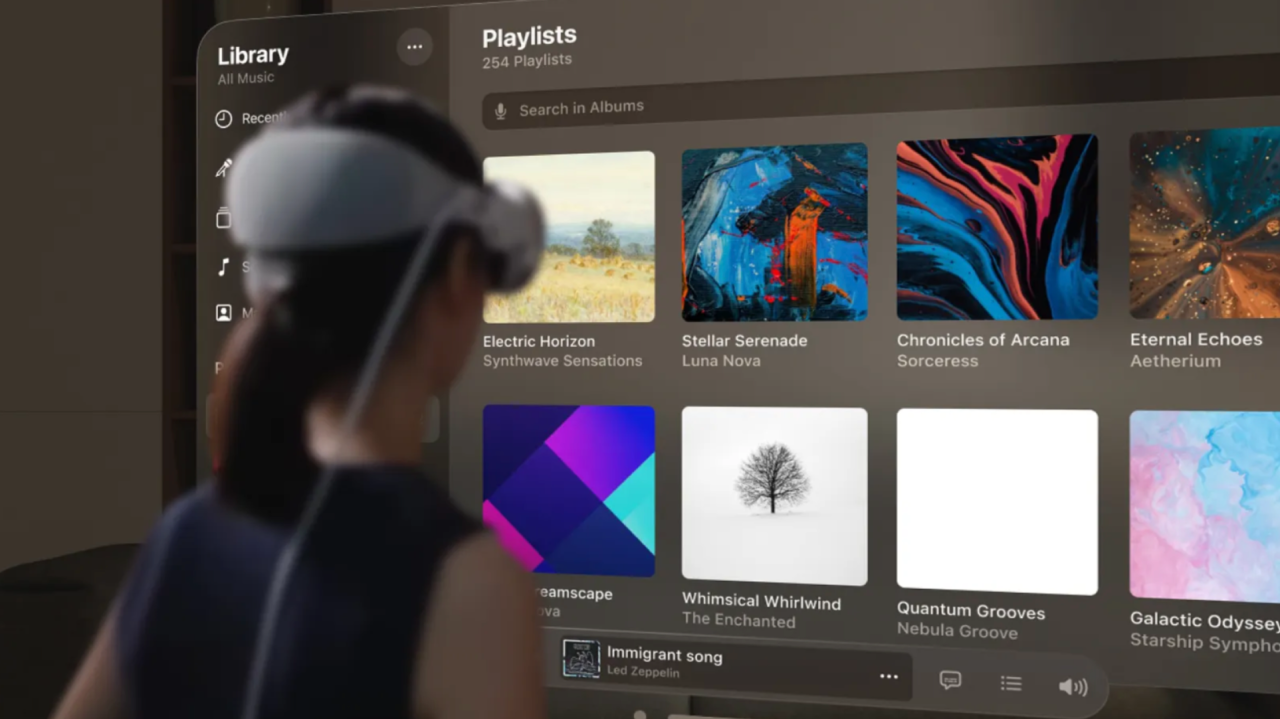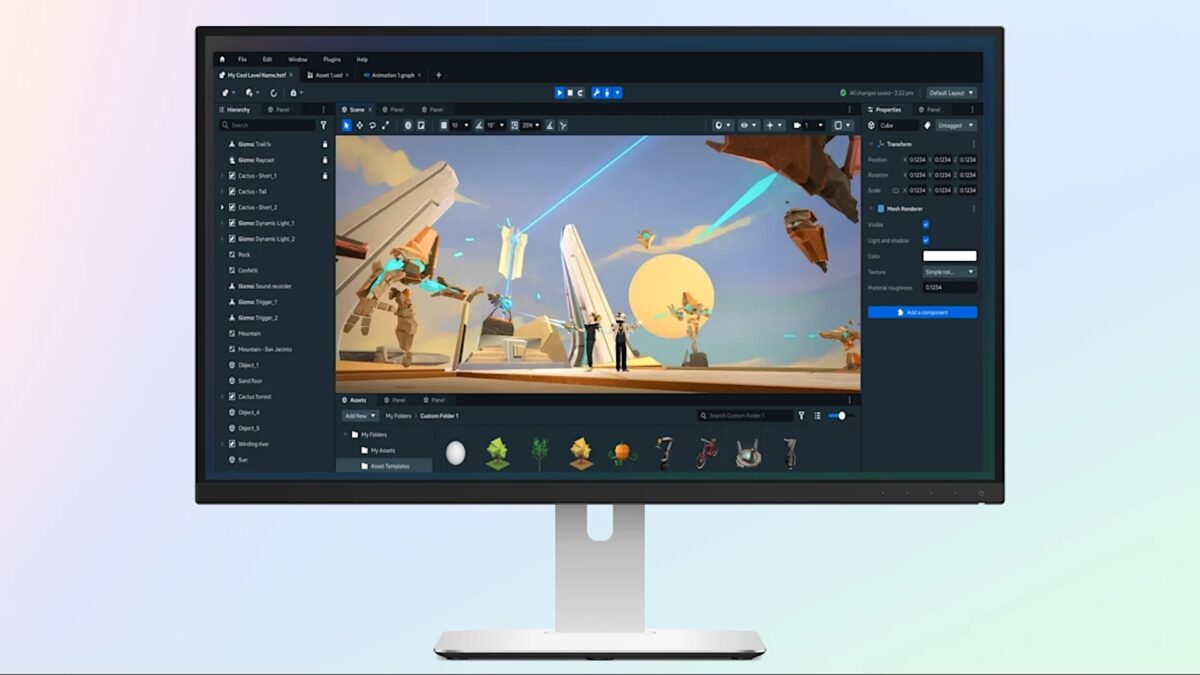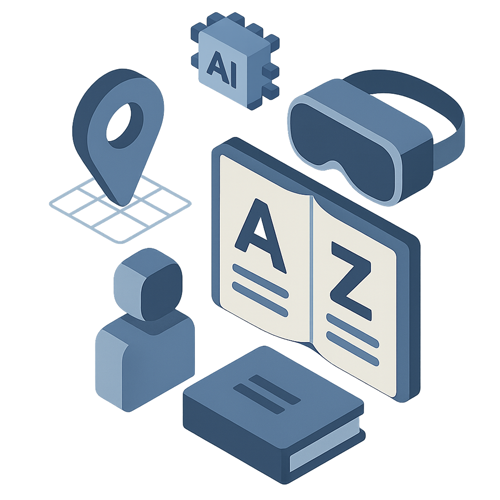Step Into Tomorrow: Where Job Interviews Happen in Digital Worlds
Last month, I witnessed something extraordinary. A candidate for a senior architect position walked through a virtual building they had designed, explaining their creative process while manipulating 3D models in real-time. The interviewer, located 3,000 miles away, experienced the presentation as if standing in the same room.
This wasn’t science fiction but a virtual reality recruiting in action, and it’s transforming how we discover, evaluate, and hire talents.
Beyond Video Calls: The Immersive Advantage
Traditional remote interviews rely on flat screens and static presentations that fail to capture the full scope of candidate capabilities. Virtual reality environments create shared experiences where both recruiters and candidates can interact naturally, collaborate on projects, and demonstrate skills in contextually relevant settings.
Imagine evaluating a marketing professional’s presentation skills not through a webcam, but by having them deliver a pitch in a virtual boardroom complete with interactive displays and audience reactions. Or assessing a surgeon’s dexterity through simulated procedures rather than theoretical discussions about their experience.
Eliminating Geographic Boundaries
Virtual reality recruiting dissolves location-based limitations that have historically constrained talent acquisition. Organizations can now access global talent pools without requiring expensive relocations or compromising on candidate quality. This technology enables immersive interactions that surpass traditional video conferencing while maintaining cost efficiency.
Remote work has already proven that physical presence isn’t essential for productivity. Virtual reality recruiting extends this concept by creating presence without proximity, allowing meaningful connections between candidates and hiring teams regardless of geographic separation.
Enhanced Skill Assessment Opportunities
Different roles require different demonstration methods, and virtual environments can be customized to match specific job requirements. Engineers can manipulate complex machinery, teachers can conduct virtual classroom sessions, and sales professionals can practice client presentations in realistic business settings.
These immersive assessments reveal competencies that traditional interviews cannot capture. Body language, spatial awareness, technical proficiency, and real-time problem-solving abilities become observable and measurable within virtual scenarios.
The Candidate Experience Revolution
Forward-thinking organizations are using virtual reality to showcase company culture, office environments, and team dynamics in ways that static websites and brochures never could. Candidates can virtually tour facilities, meet potential colleagues, and experience day-in-the-life scenarios that help them make informed decisions about opportunities.
This transparency builds trust and reduces turnover by ensuring candidates have realistic expectations about roles and workplace environments. The wow factor of virtual reality experiences also positions companies as innovative employers attractive to tech-savvy professionals.
Overcoming Traditional Bias Challenges
Virtual environments can be designed to minimize unconscious bias by focusing attention on performance rather than appearance. Customizable avatars allow candidates to present themselves in ways that emphasize their capabilities while reducing the impact of irrelevant physical characteristics.
However, this technology also introduces new considerations around digital literacy and access to virtual reality equipment. Organizations must ensure their virtual recruiting processes remain inclusive and don’t inadvertently exclude qualified candidates who lack technical resources.
Current Industry Adoption
Major corporations across various sectors are piloting virtual reality recruiting programs. Technology companies use VR for coding challenges and system design interviews. Healthcare organizations simulate patient interactions for medical professionals. Architecture firms conduct virtual design reviews with candidates.
These early adopters report improved candidate engagement, more accurate skill assessments, and enhanced employer branding compared to traditional recruiting methods.
Implementation Challenges and Solutions
Organizations considering virtual reality recruiting must address several practical concerns. Equipment costs, technical support requirements, and learning curves for both recruiters and candidates need careful planning and resource allocation.
Starting with pilot programs for specific roles or departments allows organizations to test effectiveness while refining processes. Many companies partner with specialized VR recruiting platforms rather than developing internal solutions, reducing initial investment and technical complexity.
The Future Scenario
As virtual reality technology becomes more accessible and sophisticated, immersive recruiting will likely become standard practice for many industries. Integration with artificial intelligence could enable automated skill assessments and personality evaluations within virtual environments.
The Meta verse concept suggests even broader possibilities where candidates and employers interact in persistent virtual spaces, building relationships and evaluating fit through ongoing digital collaboration.
Preparing for the Virtual Shift
Organizations should begin exploring virtual reality recruiting possibilities now, even if full implementation remains future-focused. Understanding the technology, identifying suitable use cases, and developing internal expertise will provide competitive advantages as the recruiting system evolves.
For job seekers, familiarity with virtual environments and comfort with immersive technology will increasingly become valuable assets in the hiring process.
The future of recruiting isn’t just virtual… it’s experiential, immersive, and limitless.
Quelle:






